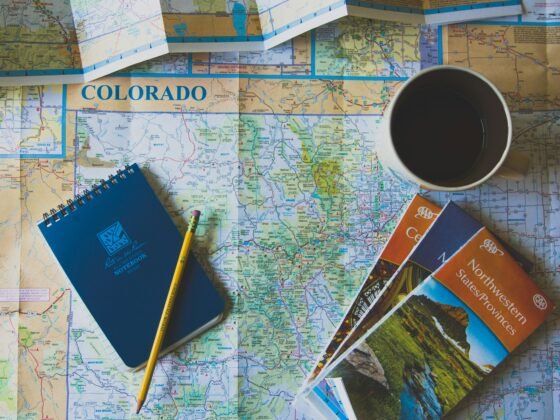Backpacking across Australia can definitely be one of the adventures of a lifetime, but it also comes with plenty of challenges. Planning your trip is essential. As well as getting travel insurance you might be well advised to compare life insurance using Compare the Market.
Travel insurance policies can cover a single trip or an all-year round adventure. Aside from insurance, there are many factors you need to consider before heading out. The success of your trip depends on how well you incorporate these into your plan, so make sure you’ve got all bases covered and take heed of advice. The Australian Government’s website provides useful information, and here are some other things to consider:
Research
Would you rather travel inland or along the coast? Inland backpacking is more challenging, as there are fewer towns and cities than when you’re near the sea. Study the maps and do some online research for the places you can go to, the possible routes, available accommodations, and the means of transportation. Keep in mind that safety is a priority, especially if you’re travelling alone. Look for backpacker hostels with good reviews from other travellers, and, indeed, getting some tips from those who have been on similar trips is always a good idea.
The most important thing to research and plan is your budget—make sure you have enough to support you during the trip, and have extra for emergencies.
Get The Right Gear
The Australian outback is a force you do not want to contend with without the proper gear. Unless you want a painful sunburn all throughout your trip, wear sunscreen and pack light, long-sleeved clothing if you plan on travelling in the sun. Put on a hat and pants made of durable but breathable material. For mountain hikes, bring along warm clothing. Wear boots when you’re planning on hiking through the bush and bring extra sandals to wear into town. Make sure your backpack is big enough to hold your essentials, but not too heavy to put a strain on your back. Backpacking must-haves include the following:
- Weatherproof pouches – use these to store clothes so that even when you get caught in a rain, you’ll have dry clothes to change into.
- Water bottles – it’s important to keep hydrated, especially in the Australian heat. Have one bottle within reach at all times and refill it often. Keep another bottle inside your backpack as emergency supply.
- Personal documents – your identification cards, passport, visa, copies of credit cards, and your travel insurance policy are best kept in a small plastic envelope inside a compartment in your bag.
- First aid kit – better yet, know how to use each item in it. Bring insect repellent, antihistamine if you’re prone to sting allergies, and other medications you may need. Bring a whistle along as well, just in case you need help and can’t see anyone nearby.
- Toiletries – a quick-dry towel, soap, and deodorant would do to keep yourself fresh.
- Torch or headlamp – it is recommended to avoid walking out after dark, but just in case it’s necessary, you’ll have a flashlight to fall back on.
- Crackers and trail food – you may not always be able to sit down for a meal, so have a little food ready to keep you from going hungry.
- Extra cash – stash your extra money (coins and bills) in a safe compartment inside your pack.
Keep a Record
Bring a camera, and extra batteries of course. Modern technology may have given us mobile phones with photo-taking capabilities, but it is better not to use up the phone’s power on taking photos—save your phone’s energy for communication purposes. List down your target destinations, names of hostels, and other important information you need in a small notebook. Document your trip, especially if you’re taking a long one. You can also use the notebook to stick tickets and other mementos in.
Once you’ve got all of these covered, double-check everything: your travel insurance policy, cash, maps, travel plan, and your gear. When you’re all set, slap on your sunscreen so you can be on your way!












